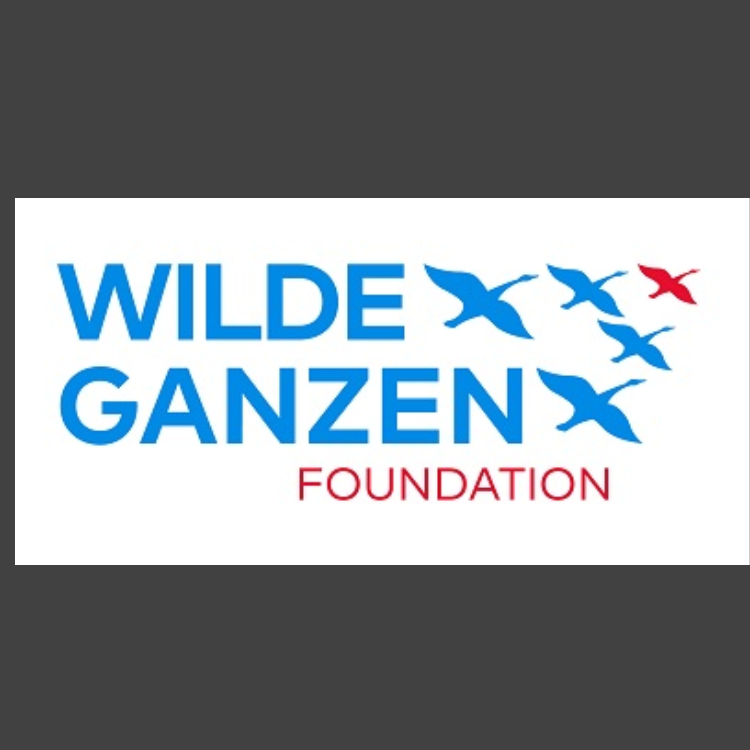South Asia Environmental Capacity Building

“South Asia Regional Connectivity Program- South Asia Environmental Capacity building – Agricultural and Water Pollution”
South Asia (SA) is a home to only a quarter of the global population, but more than two-fifths of the world’s poor and one third of world’s undernourished people, and the majority of food insecure, disaster prone, and climate vulnerable people also live in the region. In addition, the countries have thousands of reservoirs, ponds, wetlands, ancient and newly constructed irrigation canals and reservoirs, and coastal aquifers important for human livelihoods and civilization. Several of water bodies are wetlands / Ramsar sites that are economically important due to tourism potential and ecologically important owing their biological richness, mainly endemic, rare, and threatened species. Many water sources including the region’s largest rivers–Indus, Ganga, and Bramhaputra–are transboundary in nature and are a source of cooperation or conflict. Fifty-seven out of 405 rivers in Bangladesh are transboundary; all the rivers in Nepal eventually merge with Ganges that runs through India and Bangladesh; India shares water bodies with Nepal and Bangladesh. Being an island, Sri Lanka has different types of water resources. Water quality in the Kelani River, one of the major water sources for Colombo, suffers from untreated or insufficiently treated wastewater (Ratnayake 2010). The river is also affecting drinking water due to saltwater intrusion caused by sand mining activities, resulting in increased court cases over sand-mining from 709 in 2002 to 2,496 in 2005 (MENR and UNEP 2009). Pathogenic pollution on groundwater due poor sanitation (MENR and UNEP 2009; Nandalal 2010). Agriculture including livestock, industrial bi-product, domestic wastes, and deforestation are among key sources of water pollution. These activities cause water turbidity, toxicity, algal bloom, contamination, eutrophication, and other types of problems, ultimately leading to negative consequences on agriculture, livestock, ecosystem health, biodiversity, and ecosystem services, which ultimately impact the health, livelihoods and wellbeing of human being. Such problems are more detrimental to poor countries, mainly among poor, illiterate, food insecure and unemployed households. SA countries, mainly Bangladesh, India, Nepal and Sri Lanka, are among highly vulnerable countries to land-based water pollution and its consequences.
As part of the project, “South Asia Regional Connectivity Program- South Asia Environmental Capacity building – Agricultural and Water Pollution”, Caritas Switzerland may engage with India, Nepal, Bhutan, Bangladesh and Sri Lanka, as notified in Congressional Notification CN 17-091. GOALS This project will advance the following Bureau of South and Central Asian Affairs (SCA) strategic objective: • Help achieve more broad based and sustainable outcomes in health, food security, management of the environment, and economic opportunity.




